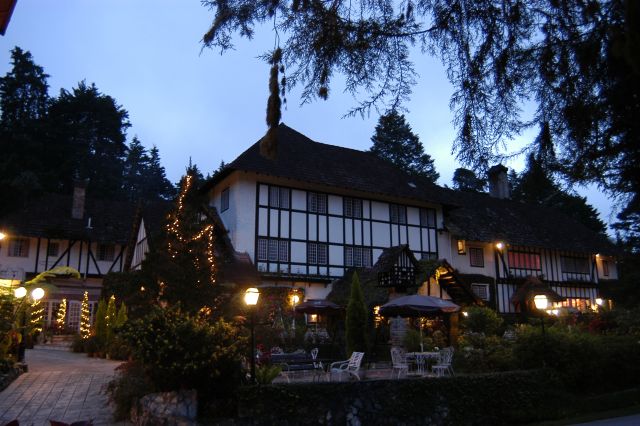by: Scott Workman
As a distributor of several leading brands of vent-free gas heaters we're often asked "are vent free heaters safe?", "are vent free heaters efficient"? do vent free heaters require a flue?", "what are the benefits of vent free heaters?" and so on.
Vent free gas heaters were introduced in North America over 30 years ago. Since then hundreds of studies have been conducted and numerous articles have been written on the subject of vent free heaters to help dispel many common misgivings home owners and installers may have about using vent free heaters inside living spaces. The good news is that the vent free heater market continues to experience huge growth every year and is poised for continued growth for years to come. As for the above questions, let's get to it.
Why are these heaters called "vent free"?
They are called "vent free" because they are unvented. Vent free heaters have no flue to vent the hot gases outside. All of the heat energy, including by-products of combustion, are vented inside the dwelling.Why are vent free heaters so popular?
Vent free heaters are 99.9% efficient! That's enough to get anyone's attention. With such a dramatic rise in fuel costs over the past decade, people are looking for solutions to lower their monthly fuel bill. What better way to reduce your heating bill than to install a nearly 100% fuel efficient heating appliance. Unlike a central furnace system, which puts heat into every room in the house (whether those rooms are occupied or not), a separate room heater, often called a zone heater, heats only the room being occupied at the time. This room is typically the family room or great room of the house where home occupants spend a vast majority of their time. With a room heater, heat energy is not being wasted in empty or unoccupied spaces. Therefore, homeowners can turn down their central furance and only heat the room they are occupying. And by using a vent free heater, virtually all (99.9%) of the heat energy is being utilized. BTU input equals BTU output because there is no flue.What are the effects of the combustion by-products emitted by a vent free heater?
Combustion of gas, either natural or propane, produces carbon dioxide, water vapor and trace amounts of other elements. A very small amount of carbon monixide (measured in parts per million) may be emitted, but well, well below standards of safety set forth by regulatory agencies. A burning cigarette sitting in an ash tray emits up to 10 times more carbon monoxide into the air than a 25,000 BTU vent free heater.Vent free heaters are by design very clean burning when properly installed and cared for. For optimum combustion efficiency and operational safety, 1 square inch of free outside air per 1000 BTU input is sufficient. This amount of air is normally pre-existing in most homes through natural infiltration from doorways, windows, connected spaces, etc. In unusual circumstances, it may be necessary to crack open a window to allow for adequate combustion air.
A little higher room humidity is the most notable difference between a vent free heater and one that is vented to the outside. Water vapor occurs through the combustion process of the gas. Most people find a little added humidty to be a valuable benefit during the heating season where the relative humidity indoors compared to outdoors is quite low. No need to add a humidfier to the space when operating a vent free heater. Installing the heater in a laundry room or any other already humid environment may produce more humidty to those rooms than is desired.
But are they safe?
Yes. All vent free heaters for home use must have an oxygen depletion sensor (ODS), a safety mechanism built into the pilot assembly. This feature shuts off the appliance should the oxygen level in the room become insufficient for complete combustion of the gas. In any case, vent free heaters over 10,000 BTU's are not recommend for bedrooms, and in some states not allowed in bedrooms at all. And we should point out here that there are still a few states across the U.S. who do no approve vent free at all. This does not necessarily mean they are illegal to own and operate, it just means that they are not yet approved and a building inspector and/or gas utility may "red tag" the appliance. Alwyas check local codes.Keep in mind that a vent free heater is a "secondary" heat source to supplement your primary heating system. It's not a good idea to use vent free heaters in every room of the house and operate them simultaneously. Doing so may produce excess levels of condensation forming on windows and other cold surfaces. Excess moisture can also be a source of mold growth, which is unhealthy.
A ton of information is available on the internet concerning the use of vent free heaters. Most of this information is very favorable, but you may also find some negative opinions. This is usually the result of misapplication or improper use of vent free. Here at Infra-Red Products Supply, Inc. we actively promote and sell vent free heaters because they are safe, economical to operate easy to install and affordable to purchase. We have sold and promoted vent free heaters for over 20 years and have hundreds of very happy customers. For those who simply don't want vent free, we also offer various models of direct vent wall heaters. The public can view these heaters at Heater Sun Unlimited or Infrared Info.
About The Author
Scott Workman is owner president of Infra-Red Products Supply, Inc., located in Salt Lake City, Utah. For more information, visit Heater Sun Limited or Infrared Info.

0 comments:
Post a Comment